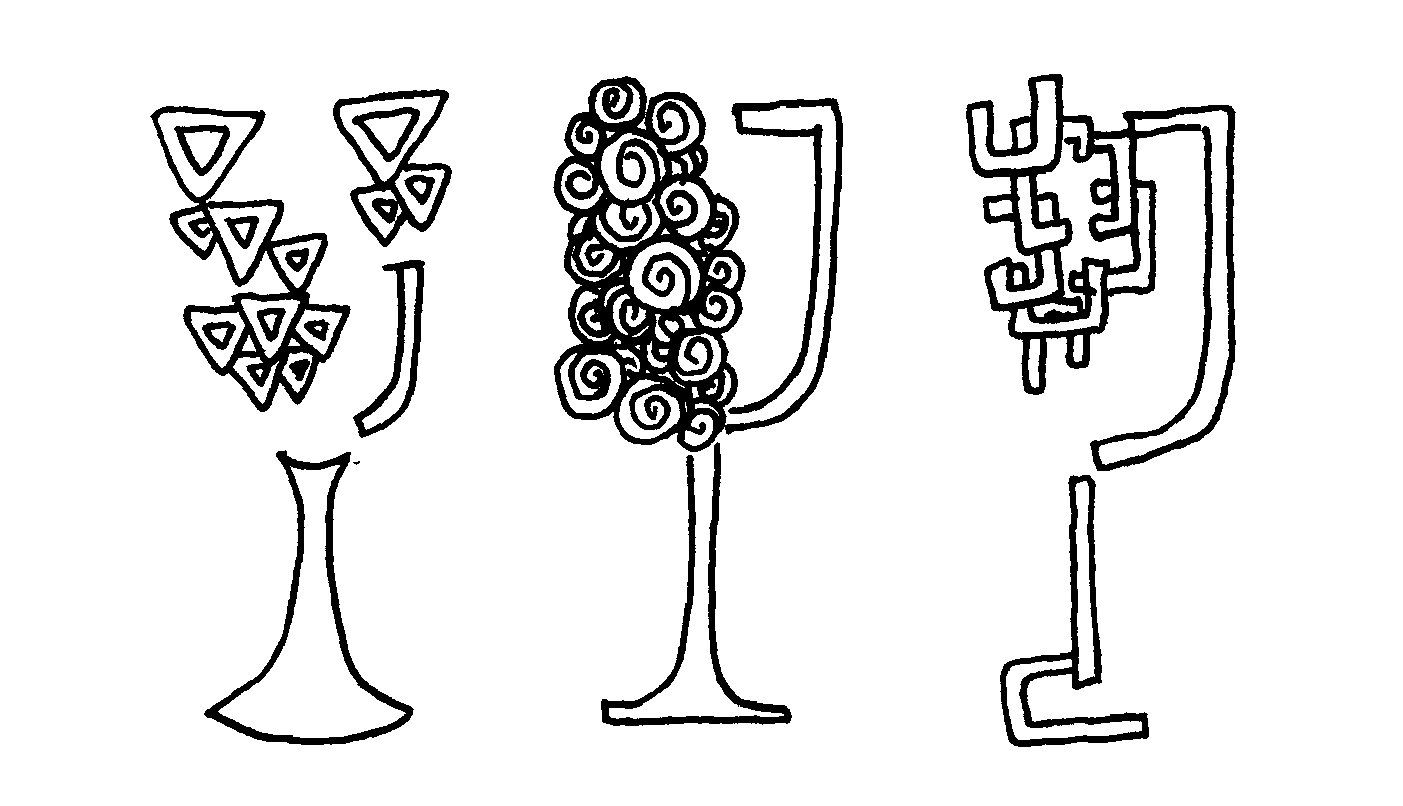Beaujolais 101
Welcome to the very first post in our series on The Four French Wine Regions You Must Know!
We’ll be starting in France with a region that is commonly misunderstood and has quite the tumultuous history. However, in recent decades it’s been subject to something of a revival, with the region and the grape variety associated with it becoming a bit of a fashionable pin-up in the wine world.
Ok, ok what is it?? Da da da daaaaa…Beaujolais!
Beaujolais (say boh-joe-lay) is a region in eastern France. It is technically a part of Burgundy (which we will get to in another post), but we think it deserves its own special attention because it’s actually nothing like Burgundy at all. In wine, reputation, and attitude Beaujolais stands on its own.
Before I get too off track rambling on about why we looooove Beaujolais, let’s start with the basics addressing some questions you might have right off the bat.
Should you be drinking Beaujolais?
This one is easy. 100%. Yes. Absolutely. No question.
What kind of wine is Beaujolais?
Beaujolais is a dry red wine made from a grape called Gamay. Beaujolais is the name of the region and all its red wines are made from Gamay (something like 98% of wines from Beaujolais are red). So if you see a red wine labeled Beaujolais you can be 100% sure it’s Gamay.
All (red) Beaujolais is Gamay, but not all Gamay is Beaujolais.
Gamay, however, is grown all around the world, not just in Beaujolais. So, you can think of it this way: all Beaujolais is Gamay, but not all Gamay is Beaujolais.
What does Beaujolais taste like?
Gamay is light in body, low in tannin and high in acid. They usually taste like tart or candied red fruit (think strawberries, cherries, and raspberries) and often have notes of white pepper, violets, roses, and/or potting soil.
The fruit and flowers will usually be JUMPING out of the glass! (Ie, Gamay is very aromatic.)
The low tannin makes their fruitiness appear front and center while their high acid gives Gamays a distinguishable tartness. These two characteristics also make them the perfect red to chill.
Beaujolais in particular tends to be earthier (think more potting soil and less cherry) than their Gamay siblings from around the world.
What is special about Beaujolais?
Oh my gosh, where do I even start? I’ll say this: my favorite thing about Beaujolais is that it pleases everybody.
It’s earthy and ‘Old World’ enough to please European-centric wine drinkers. It’s fruity and concentrated enough to please the lovers of big New World reds. It’s light enough (and chillable enough!) to please white wine lovers, yet it’s red enough to please red wine lovers. And yeah, rosé fans dig it too. I guess you could call it the Goldilocks wine.
Is Beaujolais the same as Beaujolais Nouveau?
No. You can think of Beaujolais Nouveau as a subset of Beaujolais, one with a very specific style (and one that for a number of decades gave Beaujolais in general a bad rap).
Beaujolais Nouveau is extremely light and extremely fruity (often seemingly sweet). It’s once a year (around Thanksgiving) and is meant to be drunk young. Think of it as a fun, party wine and you won’t be disappointed.
But if you’ve tried Beaujolais Nouveau and didn’t like it then don’t let that taint your image of the rest of Beaujolais wines. They are very different.
Should you refrigerate Beaujolais?
Both Beaujolais and Beaujolais Nouveau do not have to be refrigerated but they are certainly better with a little chill on them. (Stick it in the fridge for about 30 minutes before you pop the cork.)
How and when do you drink Beaujolais?
All year round! Because of its chillability it's amazing in warm summer weather. However, my personal favorite time to drink Beaujolais is in the fall. It’s a great food wine and the ideal party people pleaser (hello, holidays…).
Plus, Beaujolais Nouveau Day (when that year’s Nouveau is released) is always the third Thursday in November, which is the only time you’ll see it in stores.
How long can you keep Beaujolais?
Beaujolais Nouveau is made to drink now. In other words, don’t keep it around for longer than six months.
Non-Nouveau Beaujolais can be kept for around at least 3-5 years. Some Crus (the fancy Beaujolais…we’ll get to this later) can be aged for 5-10, or even multiple decades.
Beaujolais + all food = YES!!
What do you pair Beaujolais with?
Everything! In the same way that it pleases every type of wine lover (see “What is special about Beaujolais” above) it is chameleon and versatile enough to pair with nearly every type of food. In fact, it’s often referred to as the sommelier’s (other*) secret. When a table has diners who have totally different wine tastes, order completely different dishes, but want to share a bottle of wine…Beaujolais for the win!
*Rosé is the sommelier’s OG secret. However, sometimes pulling out a rosé feels a bit boring. What’s the cooler, hipper, more trendy Plan B? Beaujolais.
Did we cover all the basics? What else do you want to know about Beaujolais? Shoot us your thoughts in the comments!
P.S. For more on Gamay and Beaujolais and more tips on how to be a more confident and savvy Gamay wine shopper (plus lots more fun stuff) check out our membership, Sunday School Wine Society!









Depending on what your Thanksgiving looks like it could include an array of different food menus. What if I told you I had a magic wand that could make one wine pair with (nearly) every single food item imaginable?